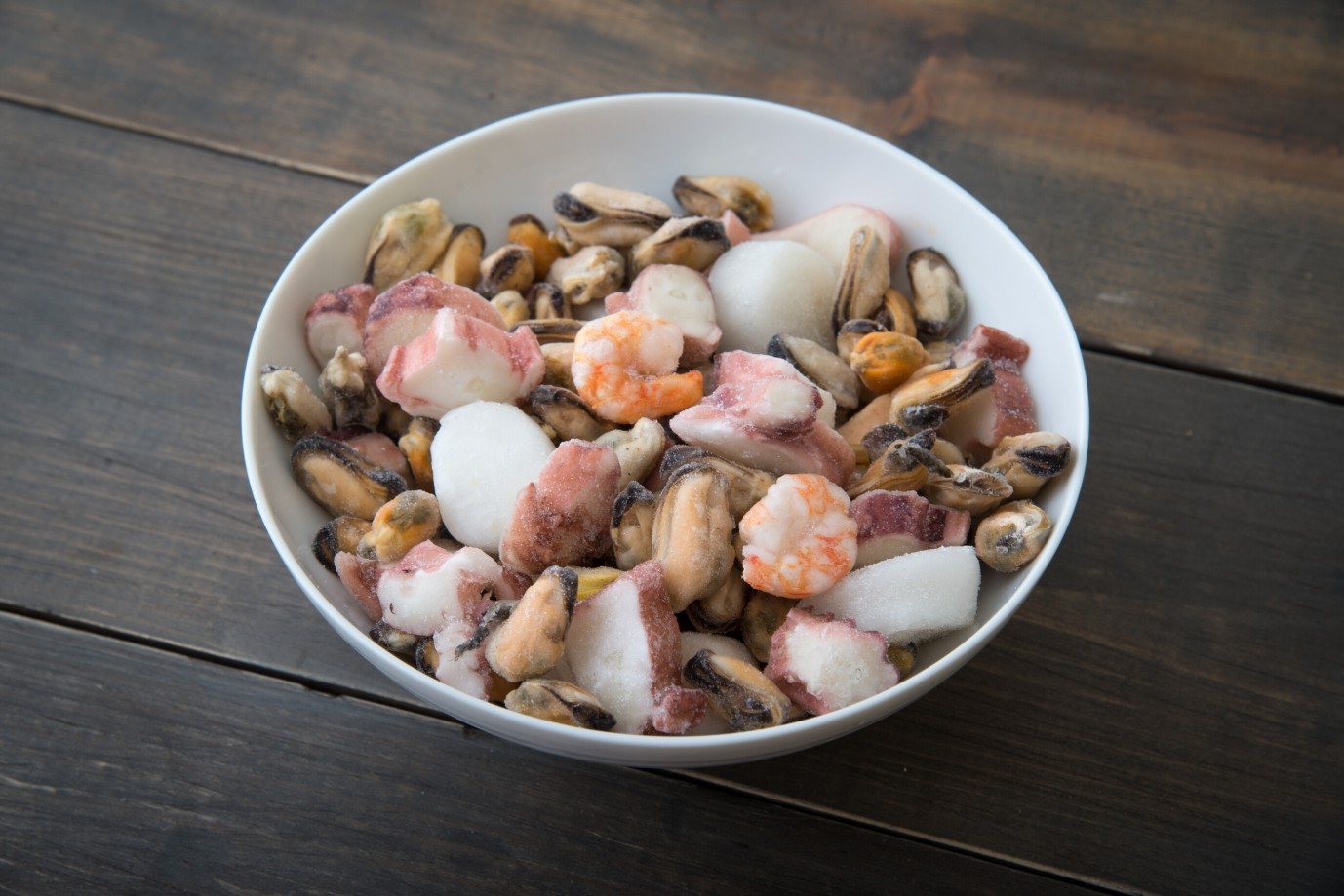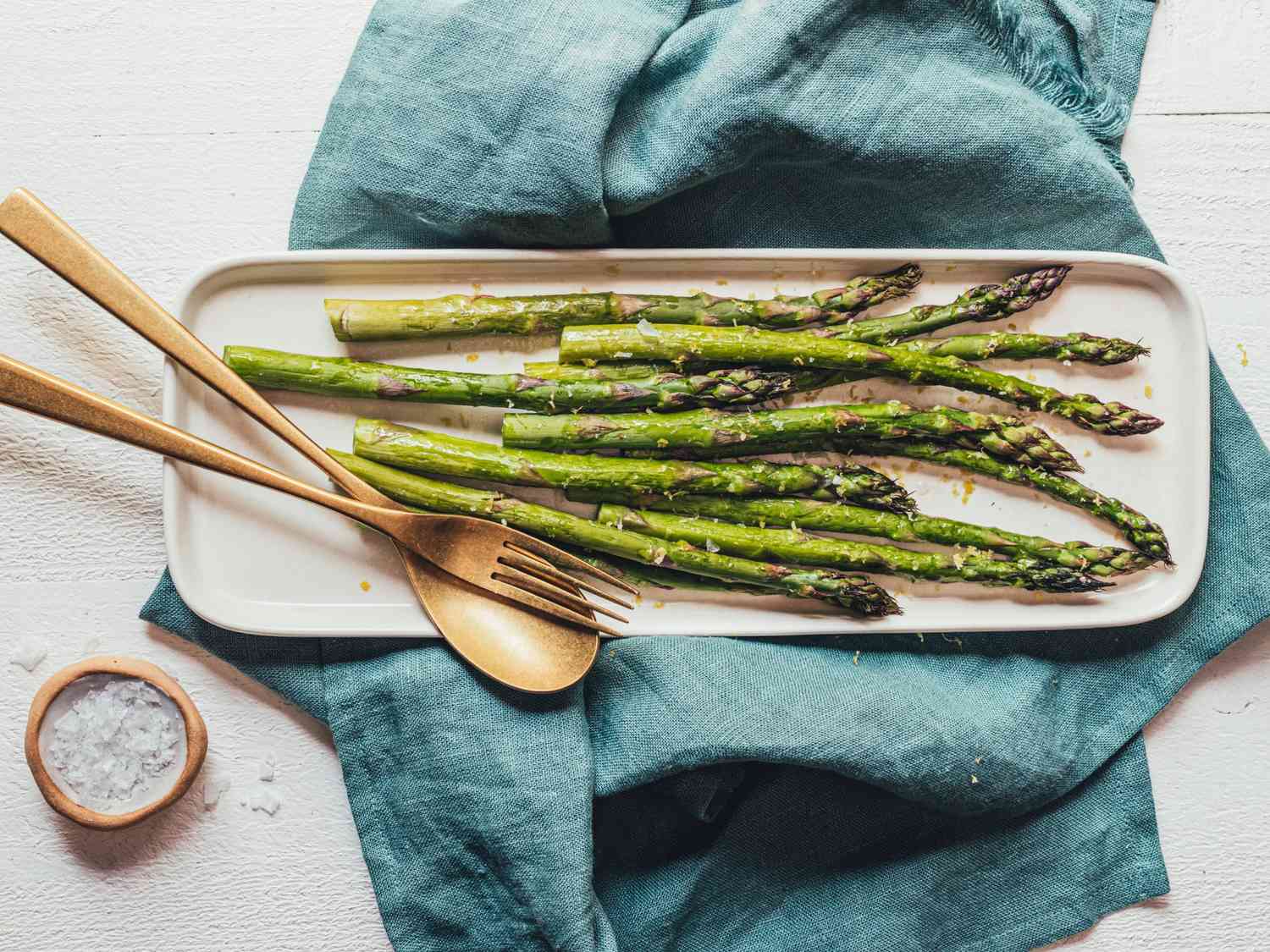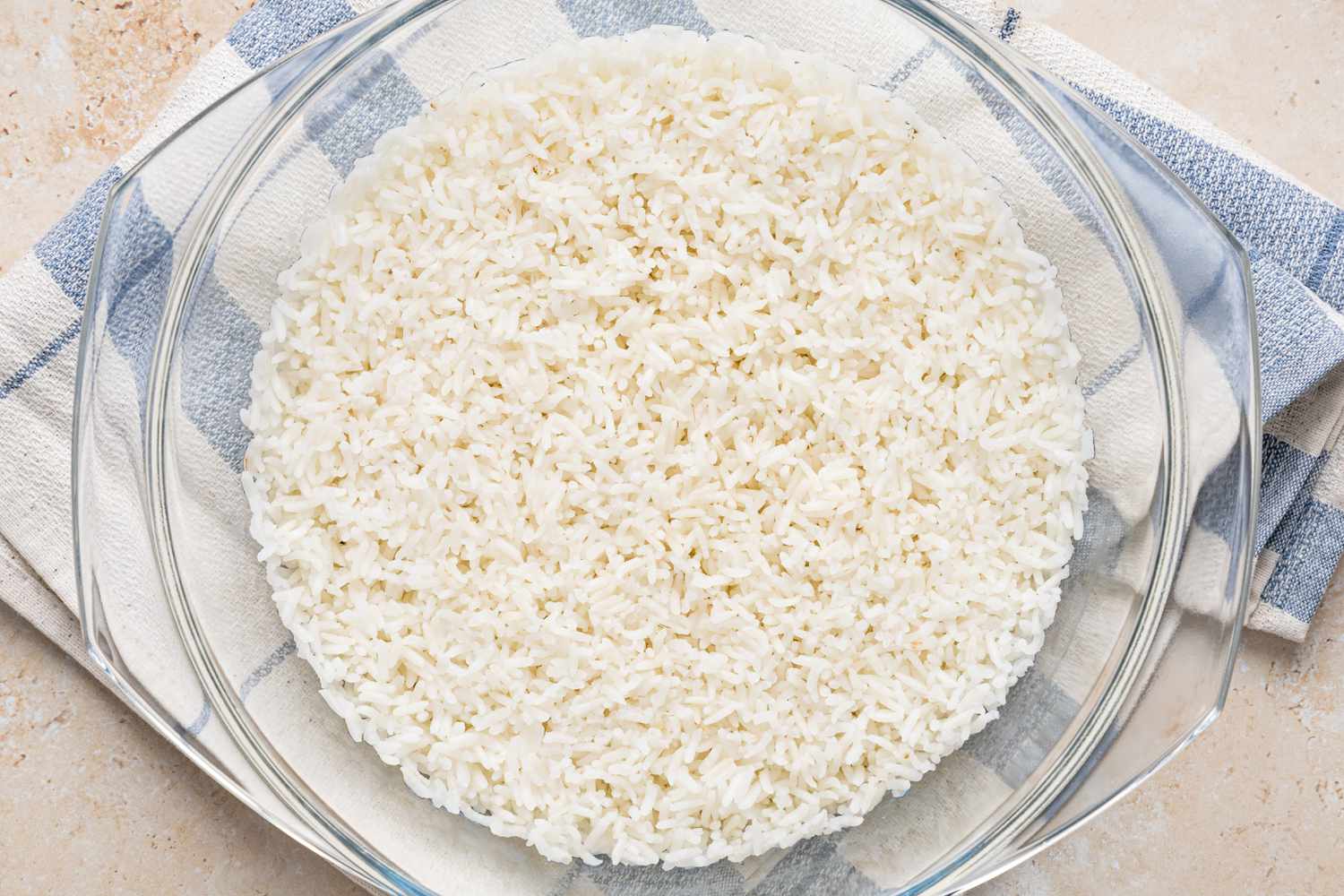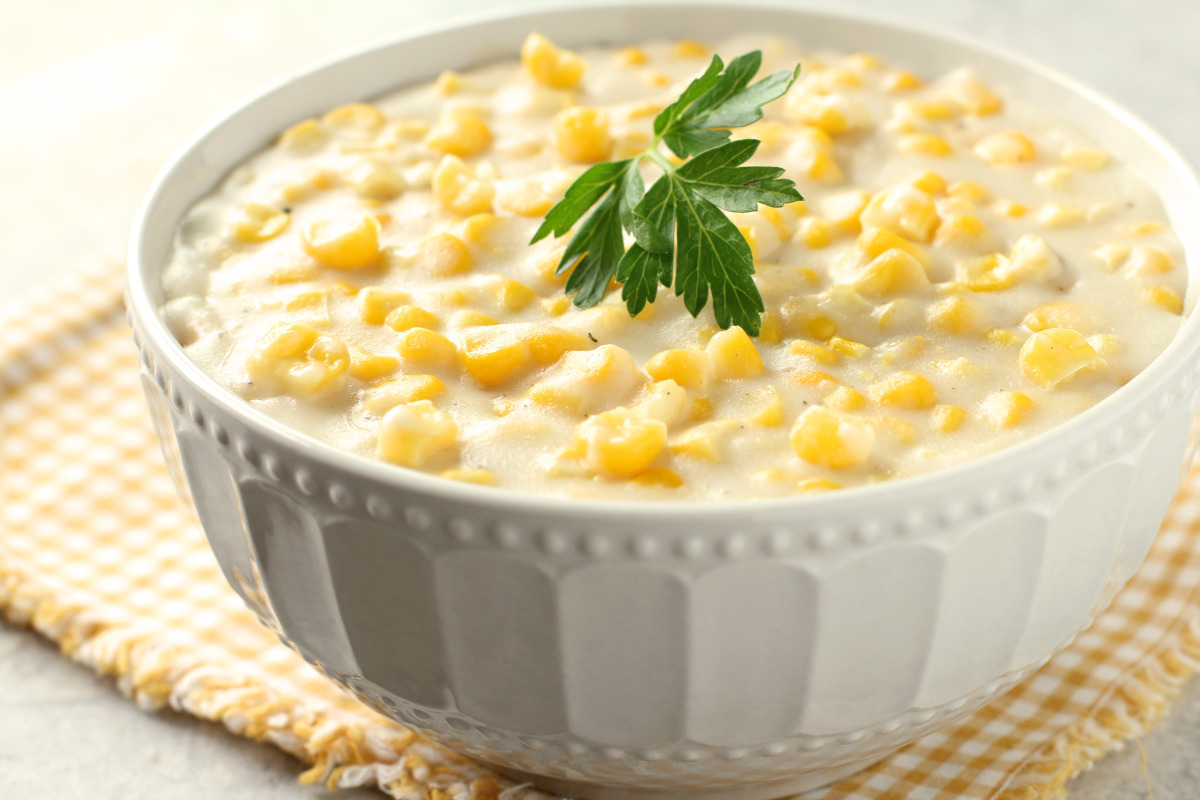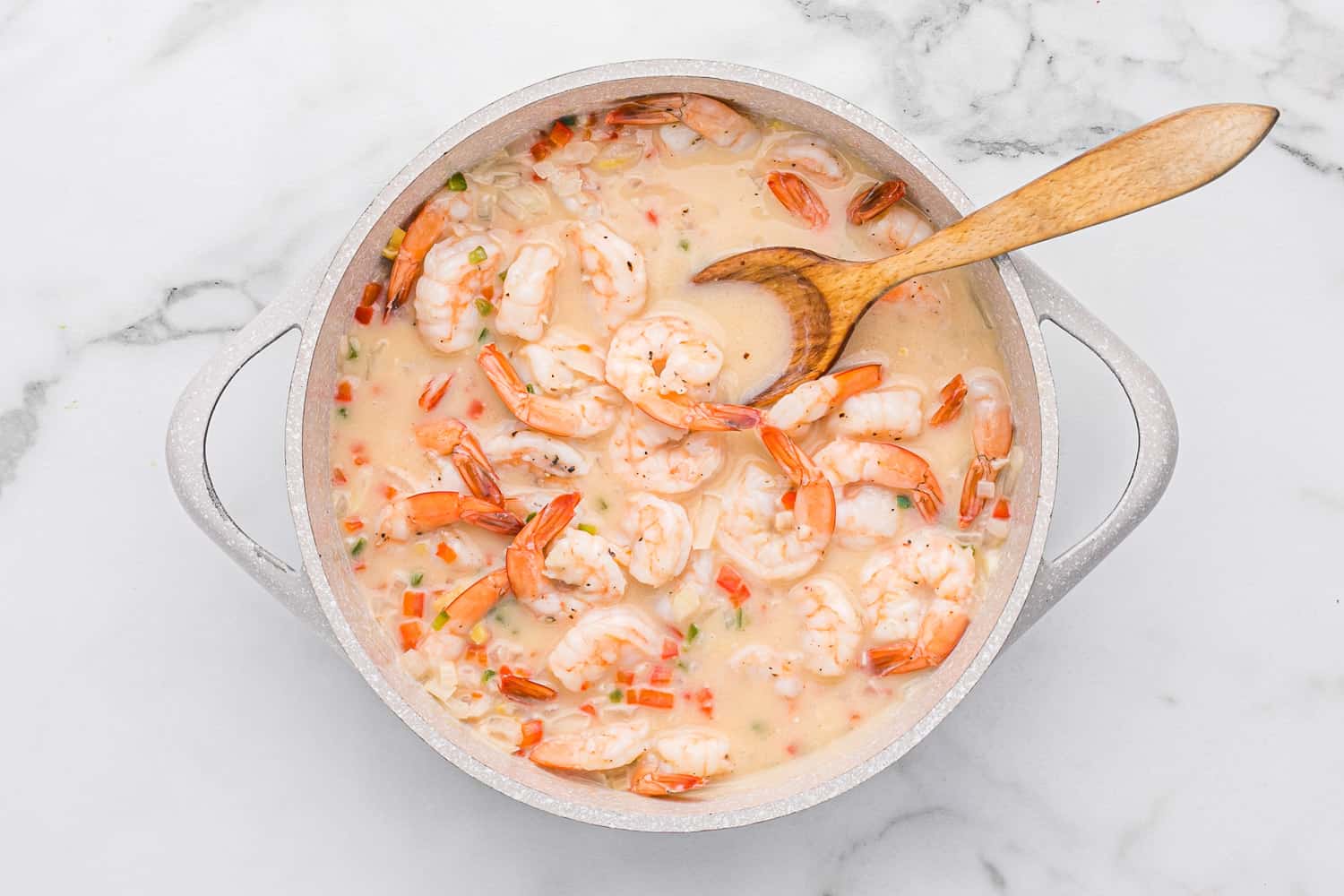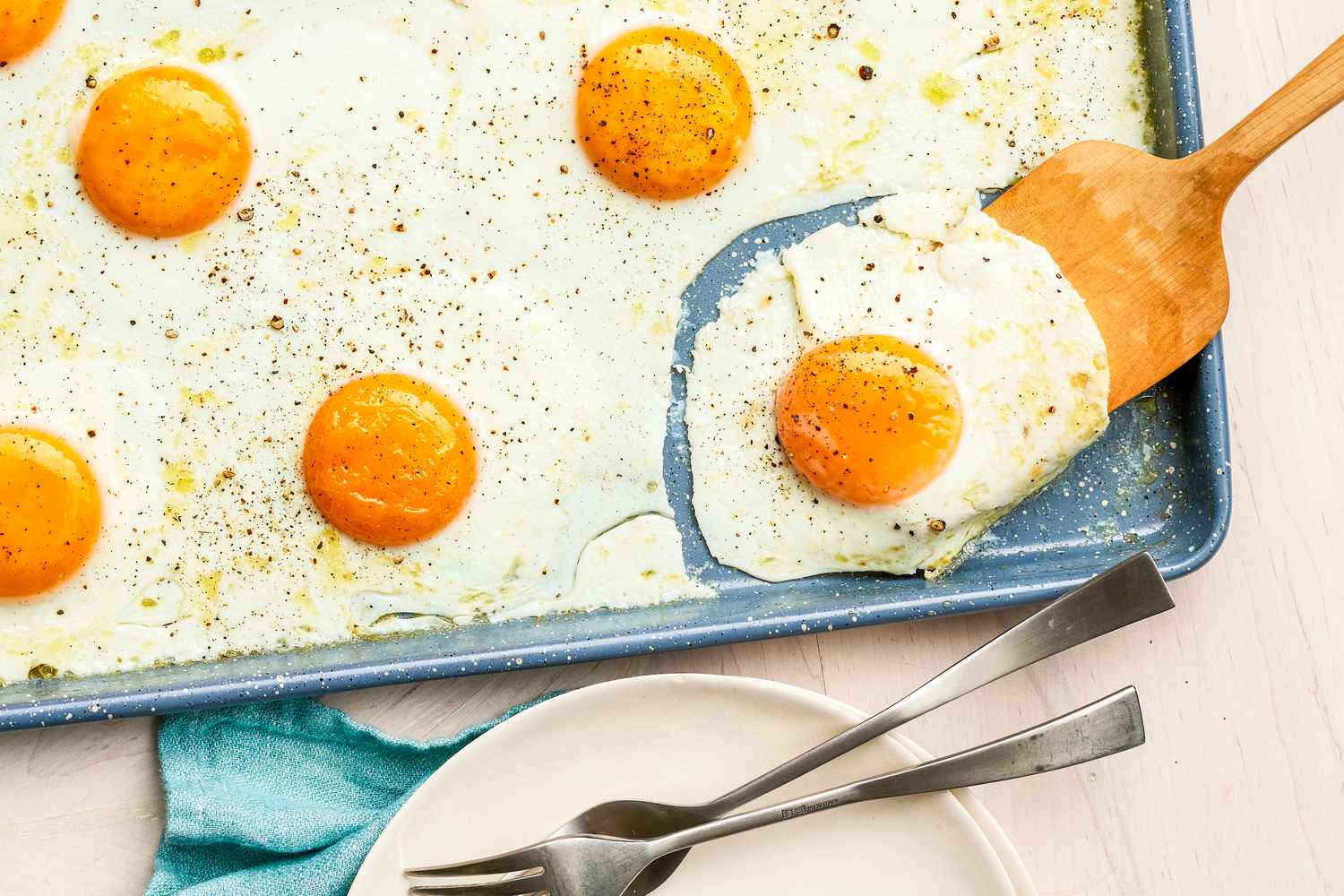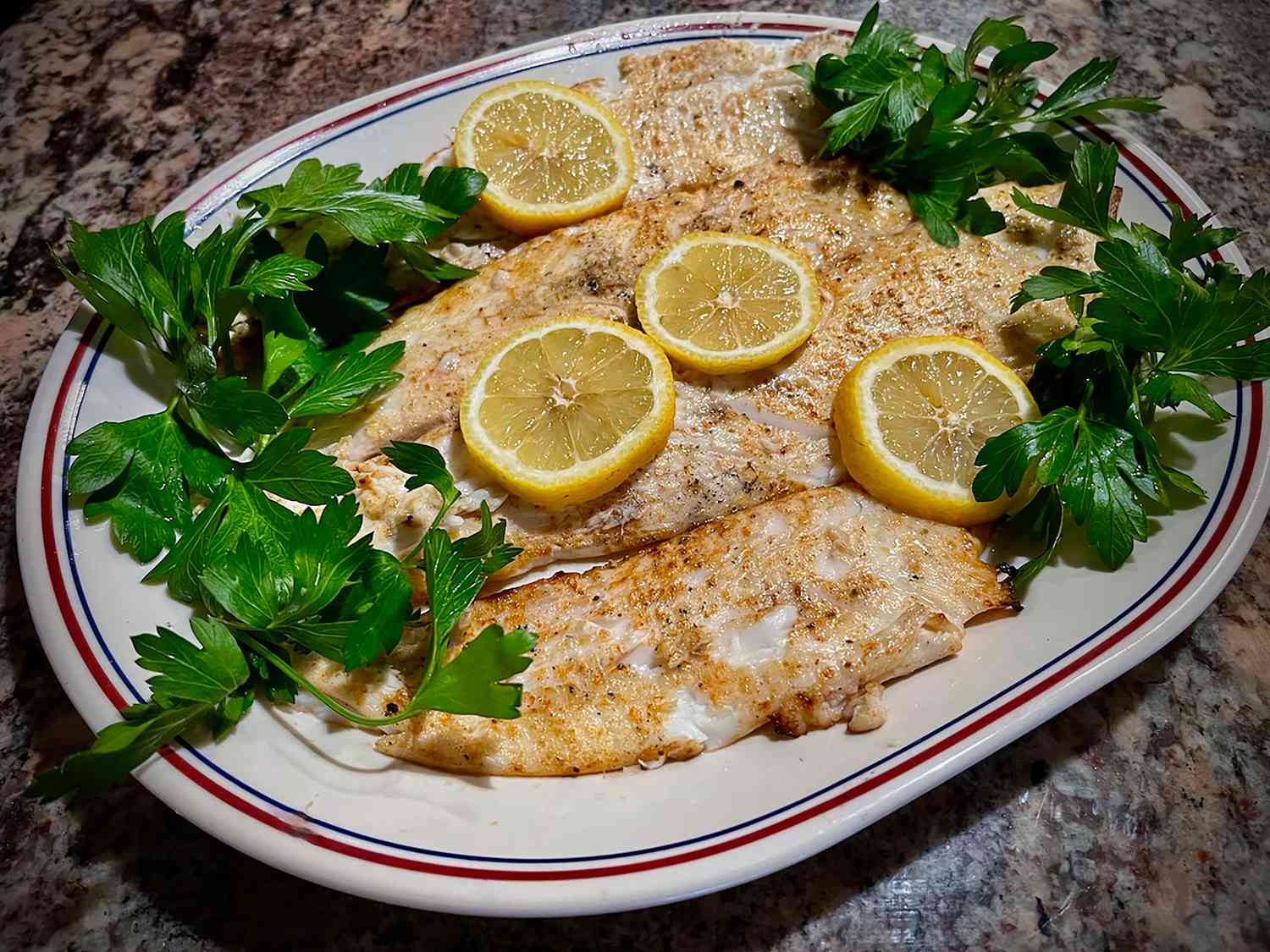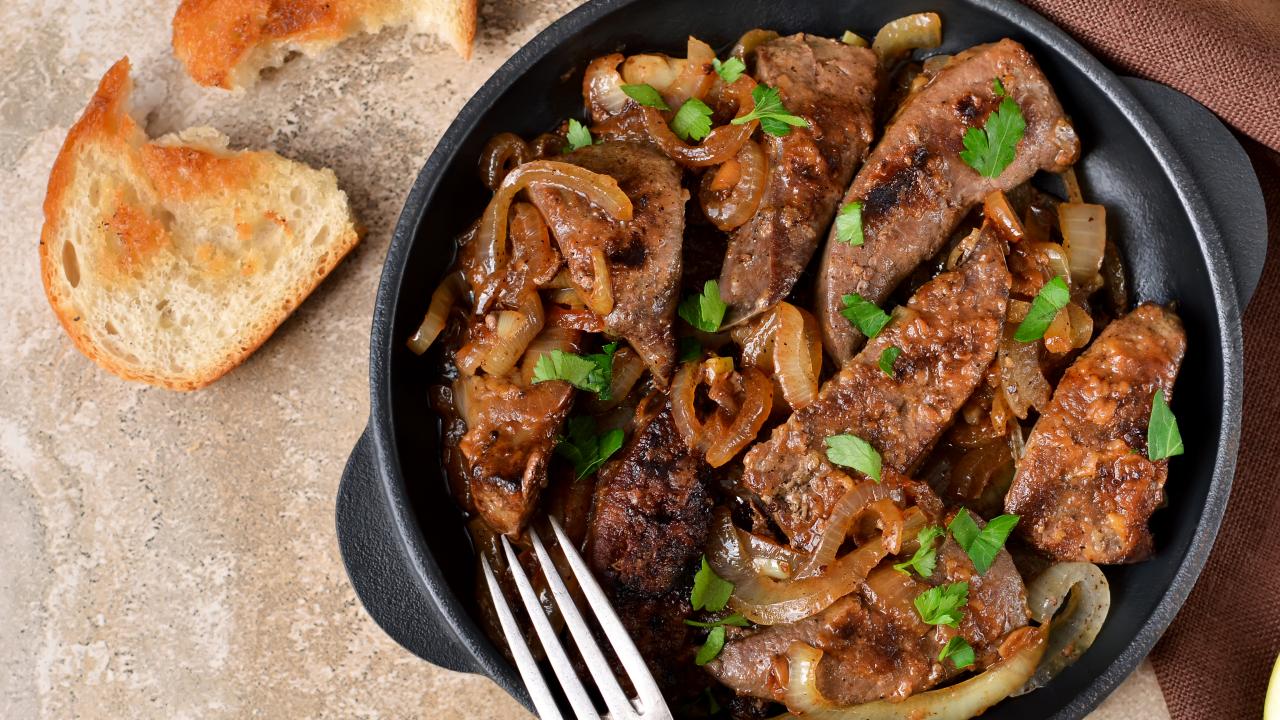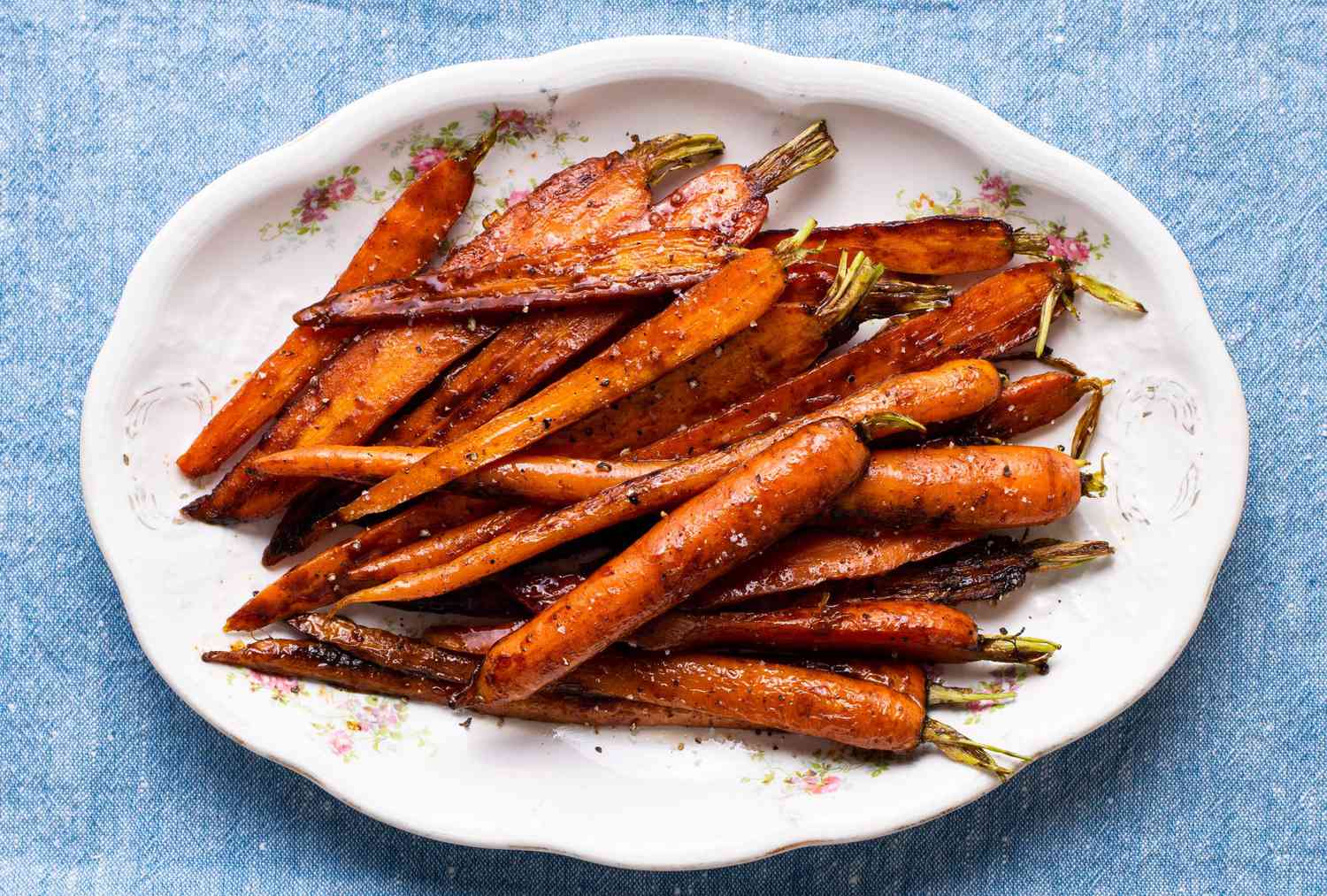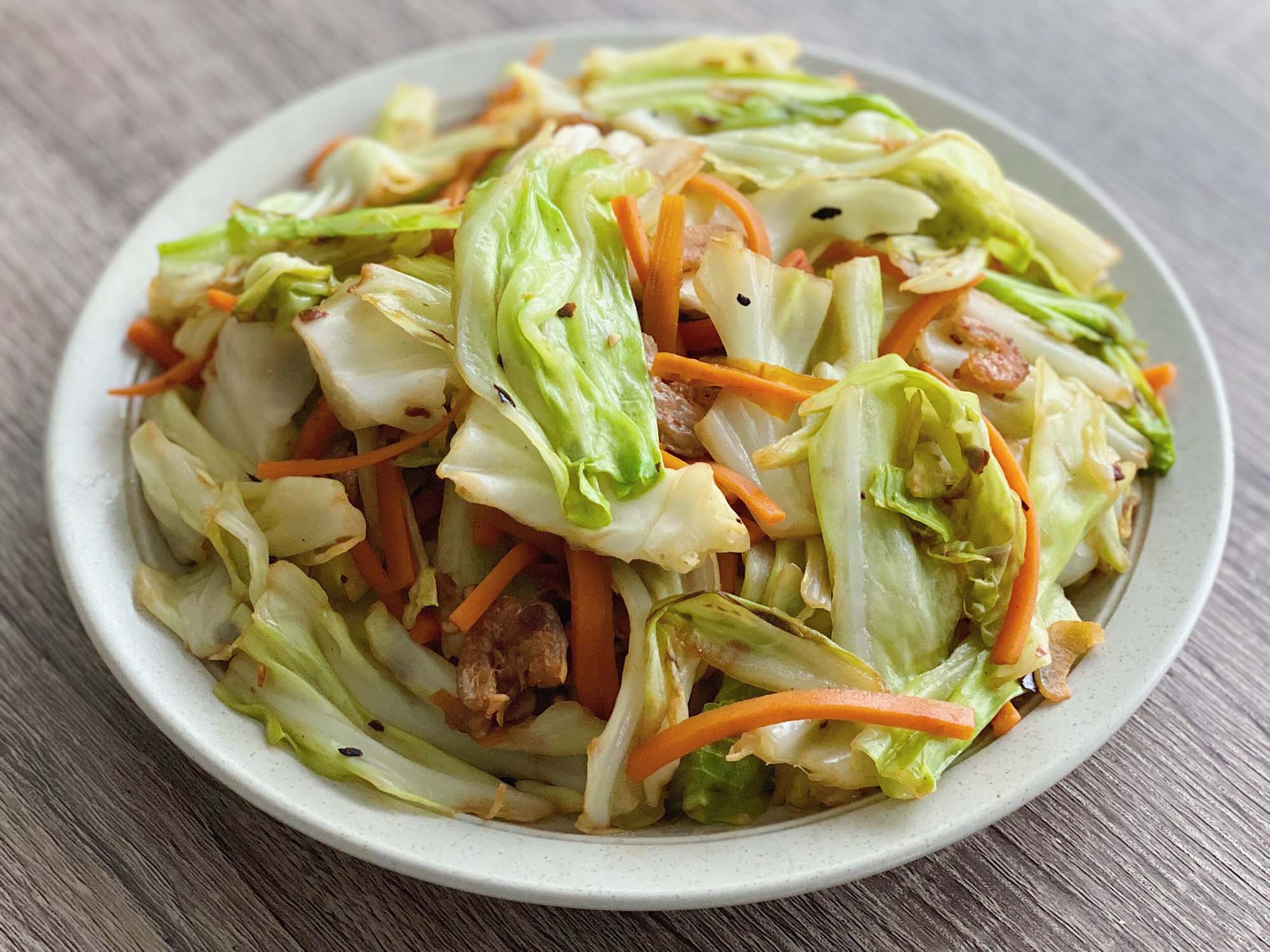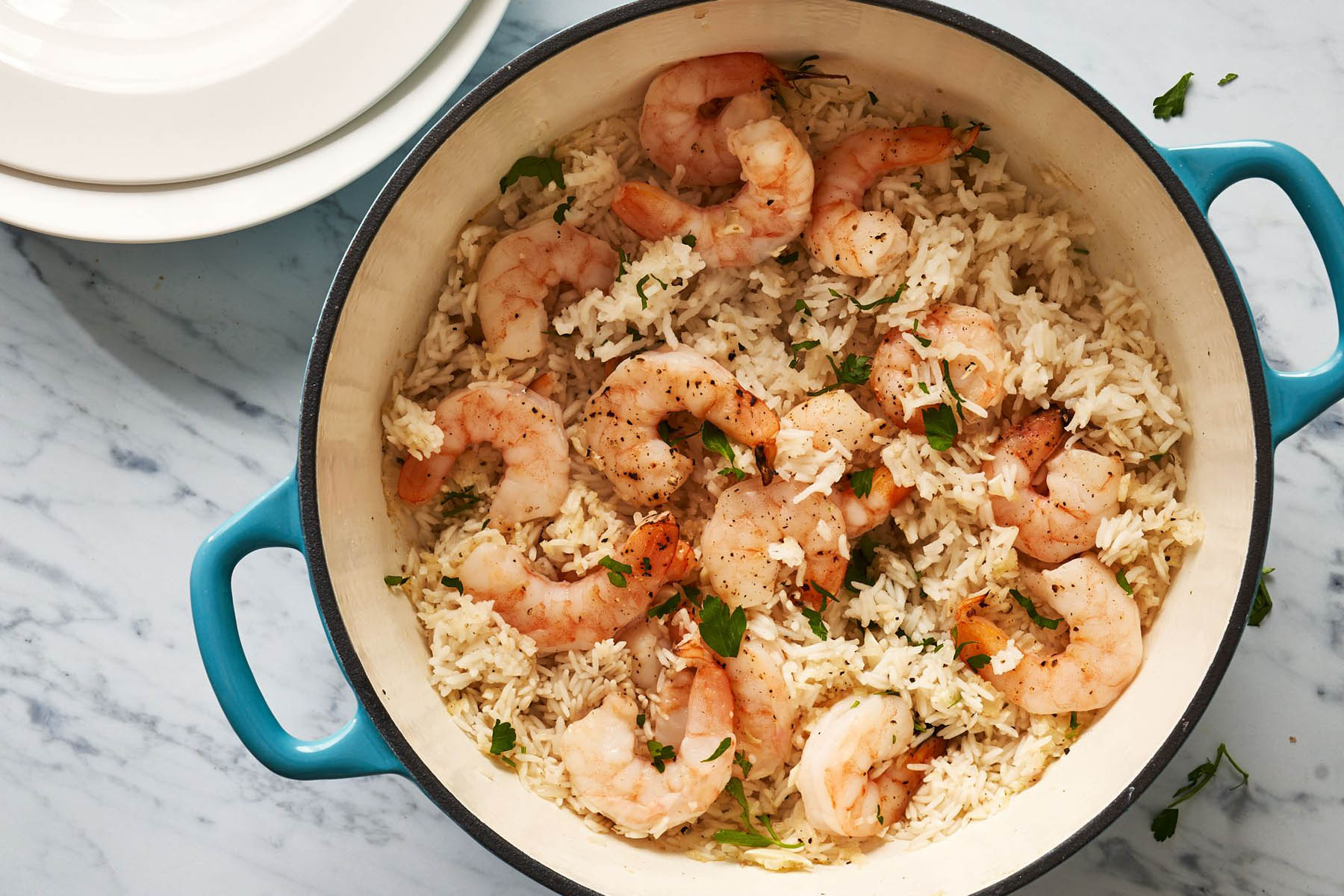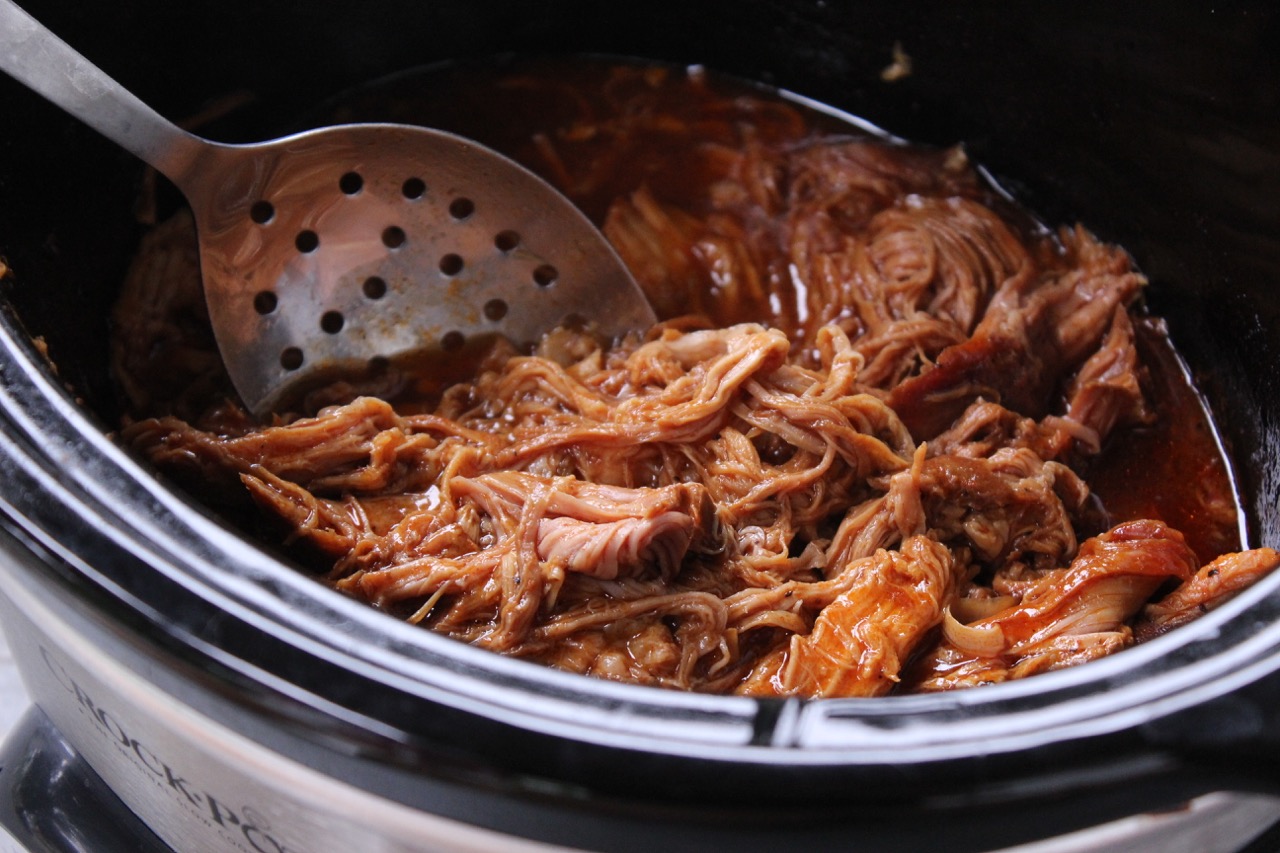Whip Up a Deliciously Quick Turkey Feast!
Are you craving a mouthwatering, succulent turkey dinner but short on time? Fret not! With the right techniques and a dash of creativity, you can cook a turkey fast without sacrificing flavor. So, roll up your sleeves and get ready to impress your guests with this speedy turkey cooking method.
1. Opt for a Smaller Turkey
When you’re pressed for time, choosing a smaller turkey is the way to go. A 10-12 pound turkey is perfect for quick cooking, as it ensures even heat distribution and faster cooking times. Plus, it’s easier to handle in the kitchen!
2. Embrace the Power of Brining
Brining is a game-changer when it comes to cooking a turkey fast. Not only does it enhance the natural flavors and tenderness of the meat, but it also reduces cooking time. Prepare a simple brine solution by dissolving salt, sugar, and your favorite herbs in water. Submerge the turkey in the brine for a couple of hours before cooking. This step will result in a juicier and more flavorful turkey in less time!
3. Blast it with Heat
If you want to speed up the cooking process, crank up the heat! Preheat your oven to 450°F (230°C) and place the turkey on a roasting rack. The high heat will sear the skin, sealing in the juices and reducing cooking time. After 30 minutes, reduce the oven temperature to 350°F (175°C) and continue roasting until the turkey reaches a safe internal temperature of 165°F (74°C).
4. Make Use of Convection Cooking
If your oven has a convection setting, take advantage of it! Convection cooking circulates hot air around the turkey, promoting faster and more even cooking. This method can reduce cooking time by approximately 25%. Just remember to adjust the cooking time and temperature according to your oven’s guidelines.
5. Utilize the Power of Carving
Carving your turkey before cooking can significantly speed up the cooking process. By slicing the turkey into parts, such as breast, thighs, and drumsticks, you can cook each piece separately, reducing the overall cooking time. Ensure each piece reaches the recommended internal temperature, and your turkey will still turn out deliciously moist and flavorful.
6. Try Spatchcocking
Spatchcocking, or butterflying, is a technique where you remove the backbone and flatten the turkey. This method not only cuts down on cooking time but also ensures the turkey cooks more evenly. To spatchcock, place the turkey breast-side down and use kitchen shears to cut along both sides of the backbone. Flip the turkey over, press firmly on the breastbone to flatten it, and roast until done. This approach guarantees a flavorful turkey in a fraction of the usual cooking time.
Let’s Get Cooking!
Now that you have these time-saving tricks up your sleeve, it’s time to put them to use and cook a turkey fast! Whether you’re preparing a holiday feast or craving a Sunday roast, these techniques will have your turkey on the table quicker than ever before. So, gather your ingredients, unleash your culinary skills, and prepare to wow your guests with a perfectly cooked turkey in no time!
Was this page helpful?
Read Next: How To Cook Sausage In Skillet
